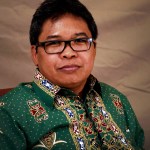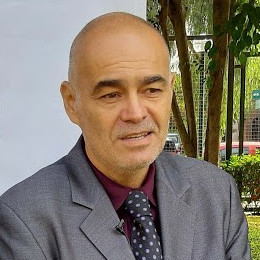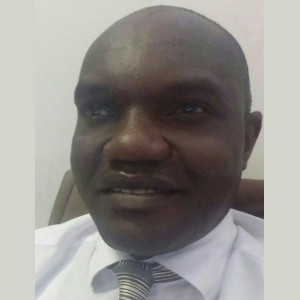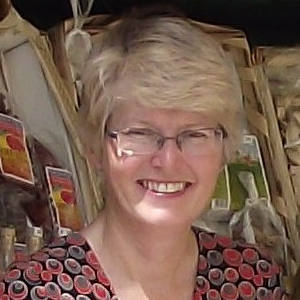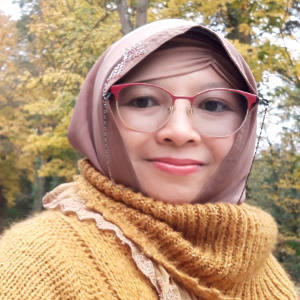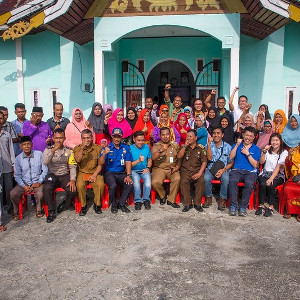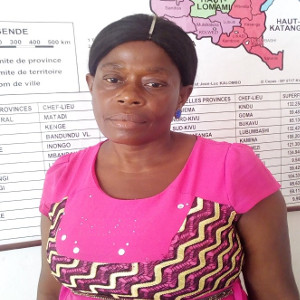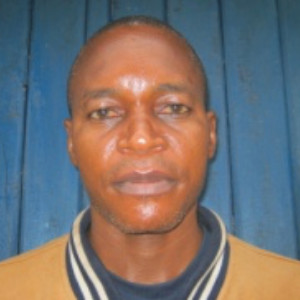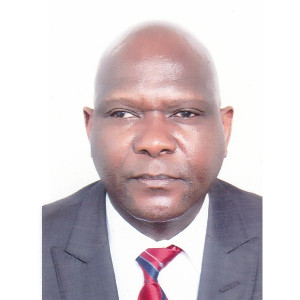Background
Peatlands play important roles in storing carbon and nature conservation. Healthy peatlands not only provide critical habitats for biodiversity, but they also provide vital ecosystem services, including cleaning and storing water, and climate regulation. In all countries, especially in the tropics, peatlands support food security and livelihoods for many communities.
The edges of peatlands, often along rivers, have a long history of human settlement. Peatlands are challenging places to live, but provide a range of products and income sources. For many people in the tropics, including in Indonesia, fishing in peatland catchments is the main source of income. Such groups traditionally catch fish and reptiles, and collect fuel wood, grass and non-timber forest products in peatlands.
Across the Cuvette Centrale peatlands in both the Republic of the Congo (RoC) and the Democratic Republic of the Congo (DRC), people also rely on peat forest resources for their livelihoods, with a focus on fishing and small-scale farming of crops such as manioc (Manihot esculenta) and banana (Musa spp.), and limited livestock, including goats and chickens.
In Peru, most of the peatlands are located in the Amazon basin, but there are also peatlands in the Andes. Lowland peatlands are mostly forested hosting a high density of Mauritia flexuosa palms – locally known as aguajes. People consume the fruits of the aguaje palm and a weevil – called suri – that develops inside the dead trunk of the palms. These products are important sources of vitamins and proteins, especially for rural communities. Unfortunately, historically, the harvest of the fruits has not been very sustainable, however there are techniques being introduced to harvest only what is needed from the palm.
In Peru, most of the country’s peatlands are located in the Amazon basin, but some are also present in the Andes. Lowland peatlands are mostly forested, hosting a high density of Mauritia flexuosa palms – known locally as aguajes. People consume the fruits of the aguaje palm and a weevil – called suri– that develops inside dead palm trunks. These products are important sources of vitamins and proteins, especially for rural communities. Unfortunately, historically, the harvesting of these fruits has not been very sustainable. However, techniques are being introduced to harvest only what is needed from the palm.
Challenges
- In Indonesia, the use of peatlands is becoming more restricted due to increased awareness of their environmental significance. Therefore, it is necessary to develop alternate sources of livelihoods to allow peat-based communities to continue to pursue economic development.
- In Peru, 73 percent of the area of palm swamp forest on peatlands has been degraded. CIFOR research results suggest that degradation induces a shift in forest composition; the forest becomes dominated by woody trees instead of palms.
- Both in DRC and RoC, a large proportion of the residents of the Cuvette Centrale practice subsistence agriculture. Plots tend to be relatively small and located close to tera ferma villages. Local activity within the peatlands is limited to hunting and harvesting of forest products, such as palm fronds for roof construction. The current impact of local residents on the peatland ecosystems is likely to be minor and relatively sustainable in its current form.
Goal and Objectives
The 90-minute peatlands session at the GLF Digital Conference will provide a platform for exchanging knowledge and experience between participants and facilitators/resource persons in the following areas:
|
Expected Outputs
- To share the importance of peatlands for food security
- To provide positive examples of transformations in livelihoods in peatland landscapes: how, why?
- To provide recommendations and actions so that peatland deforestation and degradation do not feature in future scenarios
Key Messages
Farmer/smallholder
- Understanding the necessity of conserving peatlands and demonstrating opportunities for peatland livelihoods, e.g. fisheries
- Voices from the landscape – highlighting key challenges/messages for policy makers
Government
- How do you envision peatland ecosystem conservation relating to food security issues over the next 5-10 years?
- What will leaders commit to?
- What are the sticking points for governments?
Scientist
- Demonstrate the role of peatland science in relation to food issues
Moderator
Jeremy van Loon, Team Leader Outreach and Engagement, CIFOR
Panelists
- Dr. Alue Dohong, Vice Minister, Ministry Environment and Forestry Republic of Indonesia
- Dr. Roch Germain Mpassi-Moumpassi, Director-General of Sustainable Development Ministry of Tourism and Environment, Republic of the Congo
- Dr. Gabriel Quijandría Acosta, Deputy Minister of Strategic Development of Natural Resources, Ministry of Environment, Peru
- Dr. Jean Jacques Bambuta, DRC National Coordinator and Focal Point of Peatlands, Democratic Republic of Congo
- Prof. Susan Page, Professor of Physical Geography, University of Leicester, United Kingdom
- Zulaili Isnaini Habib, Lecturer of Anthropology, University of Riau, Indonesia
- Dompas Ghedang Cemerlang, Forest Farmer Group (Kelompok Tani Hutan/KTH), Riau, Indonesia
- Georgine Lumba-Lobengo, Association des Femmes Pygmées de l’Équateur (l’AFPEQ)
- Gerard Bondeko, Communities Coordinator, Wildlife Conservation Society’s Lac Tele Community Reserve project, Republic of Congo
For more information, please contact:
- Dr. Haruni Krisnawati
ITPC Lead Coordinator: H.Krisnawati@cgiar.org - Budhy Kristanty
CIFOR Communications, Outreach and Engagement Coordinator: b.kristanty@cgiar.org


